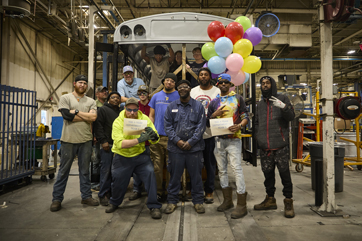
A behind-the-scenes look at our historic celebration and transition of the Type D legacy
It isn’t every day you get to celebrate a major milestone, so we’ve captured the iconic plant transition of our Type D production and commemorated the milestone in a video celebration. Chronicling the final steps of the last Type D bus to roll off the historic assembly line, the video features…
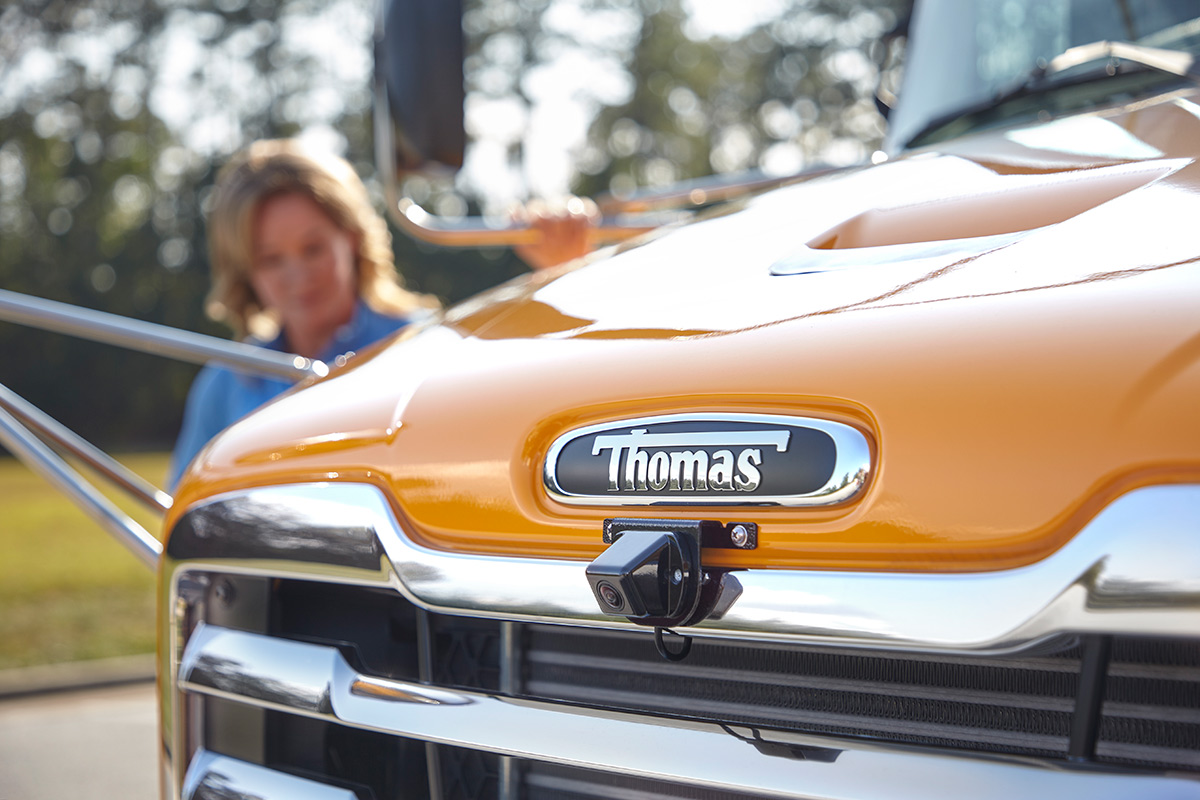
At Thomas Built Buses, we view safety as a journey, not a destination. Safety is at the core of everything we do—from our manufacturing processes to our testing protocols and focus on continuous innovation. It is more than just a feature; it’s an interconnected facet of all our operations.
Let’s look at how this commitment to safety is woven into every phase of our process, from…
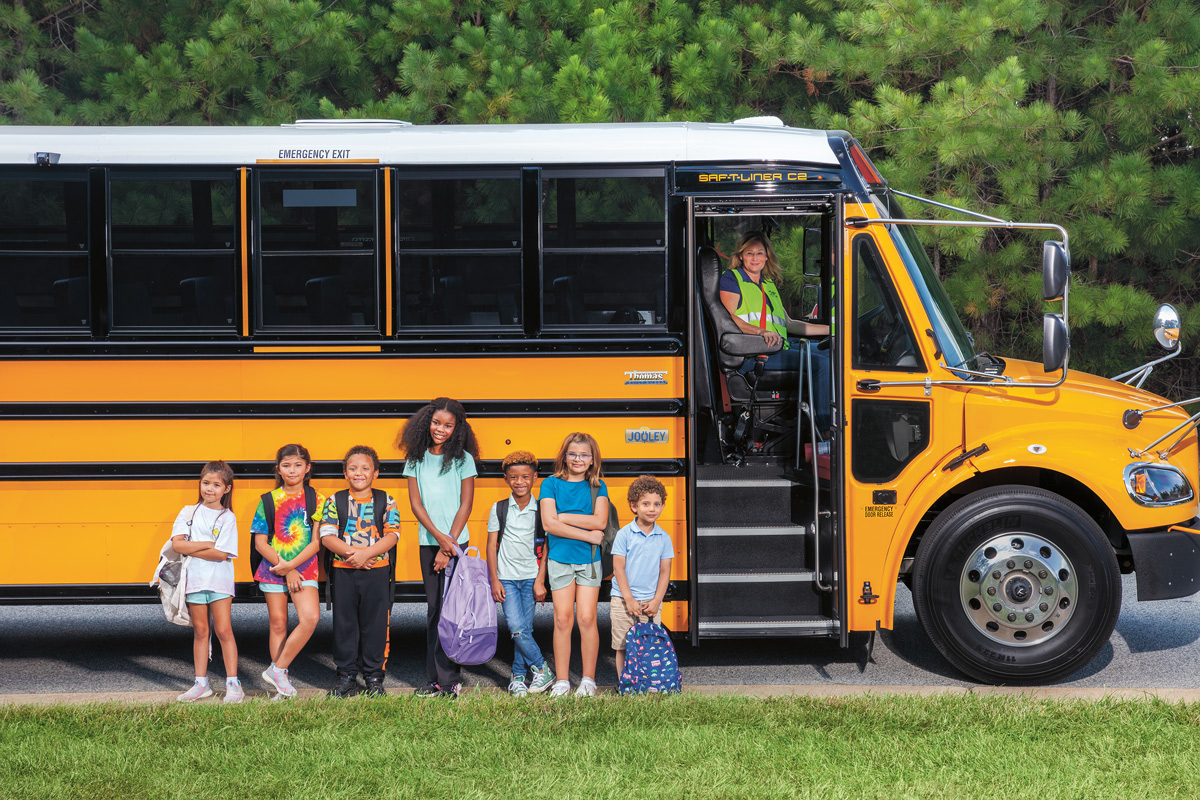
What makes the electric Saf-T-Liner C2 Jouley school bus an excellent vehicle for today and the future? Our free Electric School Bus Curriculum answers this and more.
Today’s students are increasingly interested in electric vehicles and environmentally smart transportation options. This dynamic, professionally designed curriculum provides teachers with tools and lessons to increase…
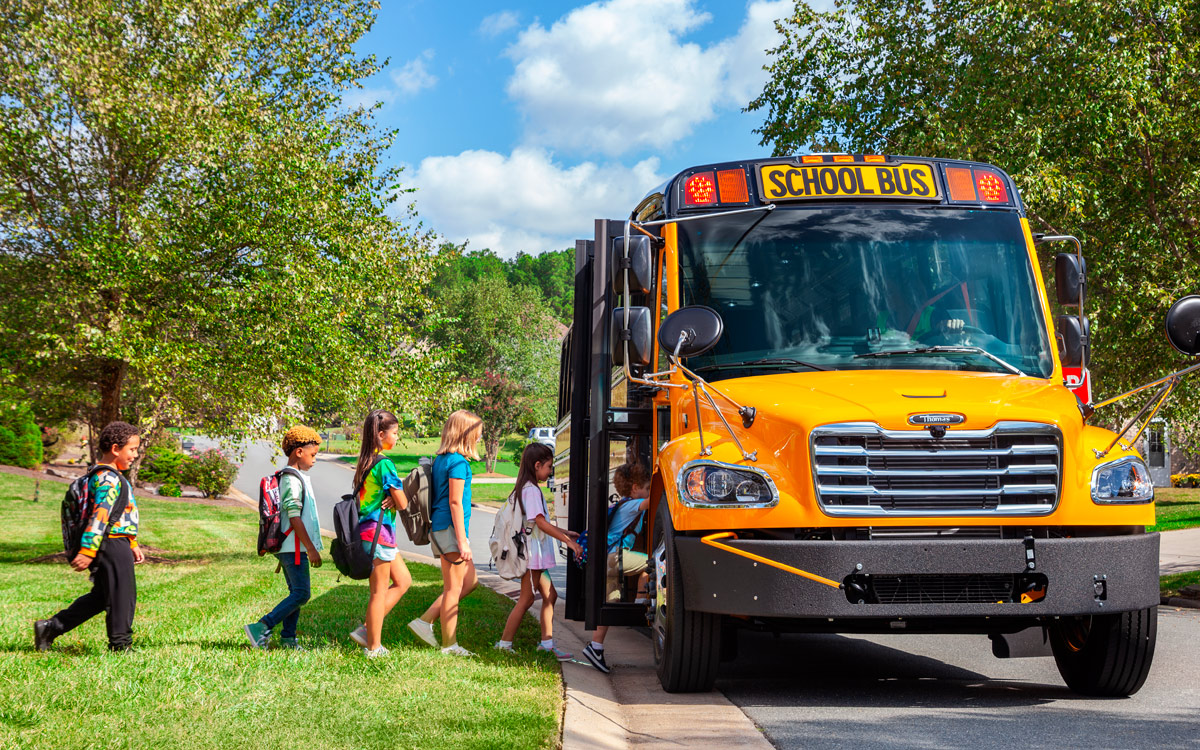
In today’s rapidly evolving industrial landscape, sustainability has become a global focus. But what does that even mean? For Thomas Built Buses, it’s about defining our commitment to our organization, our industry and the communities we serve. While our electric school bus, the Saf-T-Liner® C2 Jouley®, and its many milestones (including the recent delivery of our 1,000th) often come to…
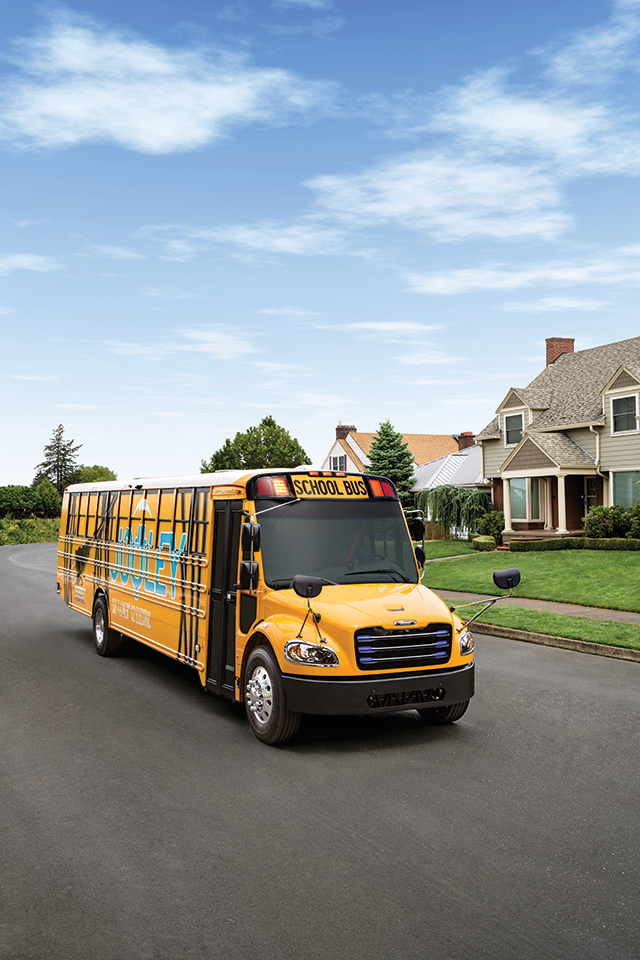
Most on-market electric school buses have a usable range up to approximately 100 miles. In comparison, our Saf-T-Liner® C2 Jouley® electric bus (powered by Proterra’s® industry-leading EV battery technology) has a range up to 138 miles.
What Range Do You Need?
With proper route planning to optimize charging, most electric school buses can easily meet district range requirements. On average, a school bus travels 63 miles daily. With Jouley’s range up to 138 miles, many districts will find that they can run an EV school bus for an entire day or more before it must be charged. In addition, newer batteries with advanced technologies are currently being developed to provide extended range at a lower cost.
While electric school buses will also work for schools operating with staggered classroom starts, additional charging considerations may be needed. Often, schools with staggered start times may result in routes requiring mid-day charges, while a portion of routes permit electric buses to operate on a daily charge. If a school has the luxury of charging 8-10 hours between routes, low-powered charging is an option. However, there is a growing trend towards using school buses on multiple routes throughout the day, which has created the need to charge in less than 3.5 hours between routes, for which a fast-charge DC charger would be required.
What Affects School Bus Range?
Bus range can be affected by terrain, driving behavior, ambient temperatures and bus weight. To support a healthy range, avoid speeding, excessive idling, hard acceleration, hard braking and cornering. In addition, Jouley is designed with two modes to capture regenerative energy. Normal driving mode returns energy to the batteries as the vehicle slows down or the driver applies the brakes. A second mode, with higher braking resistance, can result in a higher energy recapture rate. Capturing the kinetic energy of the bus moving forward is a way to extend range of the bus.
About Jouley
Built with the C2 body and chassis you love, our Saf-T-Liner C2 Jouley checks all the electric boxes. Powered by Proterra, Jouley is configured with a two-speed transmission and 226 kWh of total energy capacity. Through DC fast-charging technology, Jouley charges in about three hours and can supply power back to the power grid using vehicle-to-grid (V2G) technology.
To learn more about Jouley, or if an electric school bus is right for your fleet, please contact one of our Electric Bus Authority consultants.
